It’s no secret that anti-cannabis rhetoric is founded in racist roots, but that dogged attempt to erase the centuries-long history of cannabis as food, medicine, clothing, and shelter has resulted in a worldwide ignorance of how the plant has been brilliantly utilized by cultures around the world.
One of the most interesting and perhaps overlooked regions in cannabis history is Africa, where the “highest levels of cannabis production in the world” have taken place.
Although the African roots of cannabis have been largely ignored by popular history, the spiritual, medical, and holistic powers of the plant reached the continent several centuries ago, where they were developed and refined into many of the cultivation and consumption practices we know and love today.
A Brief History of Cannabis Culture in Africa
Knowledge is power, and in a continuously-evolving industry that still has a lot to learn about itself, studying cannabis’s historical roots is absolutely necessary.
Of course, cannabis traces back to nearly every culture in the world: most notably southern and southeast Asia over 10,000 years ago, where the plant is believed to have formed its original roots.
However, the plant made its way across the globe from there, settling into Africa for centuries, where much of today’s cannabis culture was formed.
In The African Roots of Marijuana, biogeographer Chris S. Duvall writes that the cannabis plant originated around the Hindu Kush mountains in south Asia, where it was first referred to as “ganja” and processed as both flower and resin. Other parts of the plant were also utilized for fiber, food, and other forms of medicine.
Some suggest this is where cannabis was first utilized spiritually and medicinally, including infusion intp the famous Hindi smoothie-like drink known as “bhang.” However, other evidence of cannabis being used in Japan and China dates back to 10,000 BCE, when it was mainly used for food or industrial purposes.
Either way, cannabis has definitely been infused in cultures for several centuries, and while it got its start in the Asian region, the plant slowly made its way west, eventually ending up on the eastern coast of Africa.
Once the plant entered Africa, Duvall suggests that its possibilities really opened up, as people began to smoke cannabis more regularly, rather than simply ingesting it in edible form.
While Africans may not have actually been the first people to smoke cannabis, this was where modern day smoking culture got its start and really popularized itself across various cultures.
“Africa has been neglected in popular and scholarly histories of cannabis. If you know nothing about cannabis except that it can be a smoked drug, your knowledge traces to Africa,” Duvall wrote.
“People discovered that their preexisting technologies of smoking transformed the plant drug, changing it from a slow-acting edible drug into a fast-acting, easily-dosed pharmacological agent.”
At this point, the word “hashish” was coined in Egypt during the 1200s, and cannabis spread further into West Africa.
As the African approach to cannabis spread throughout the continent, the cannabis community saw its beginnings of careful cultivation and thoughtful genetics. Throughout the continent, smokers would set aside seeds from their favorite plants, organizing into categories of desired effects and outcomes.
By the 1580s, southeast Africans had quite a sophisticated approach to the process, developing strains rich in THCV to act as an appetite suppressant, like Malawi Gold, Swazi Gold, and the ever-famous Durban Poison.
By the 1800s, cannabis culture was alive, well, and continuously developing in Africa, and European colonizers were making their way into the continent. Duvall’s investigation into some of these colonizers’ writings uncovered West African terms like riamba, liamba, diamba, and iamba.
The term ma- was placed at the beginning of words as a plural marker, so mar-iamba roughly translated to “some cannabis.” This term eventually informed the Mexican slang term for the plant, “marijuana,” when it made its way to South and Central America during the slave trade.
Africans Taught The World About Cannabis
One of the most important things to note about cannabis is that it doesn’t belong to one country or culture – it’s a global plant, and always has been. However, Africa’s unique contribution to today’s cannabis community is arguably the most popular, timeless, and iconic association with the plant: smoking it.
That’s where the history most people are familiar with comes into play: cannabis was utilized as medicine in the U.S. without issue up until the early 1900s, when Mexican immigrants brought “marijuana” and their “different” way of consuming it into the country.
From there, anti-cannabis propaganda spread like wildfire, and the plant was demonized with racist connotations. The culture of smoking cannabis for spiritual and recreational purposes was then forced into the shadows, although it informs much of the modern culture that is known and loved today.
The irony of this is maddening yet on brand for America’s racist patterns of decision-making. However, those who forget this history are doomed to repeat it.
“It’s crucial to think about race and class in understanding cannabis history. For the world population of Cannabis indica, the main pathway to global dispersal passed from southern Asia across the Indian Ocean to sub-Saharan Africa and from there across the Atlantic,” Duvall writes.
“The psychoactive cannabis seeds that crossed the Atlantic accompanied disease, trauma, violence, and poverty. Cannabis histories have overlooked this people-plant relationship, mostly because Pan-African experiences have been ignored.”
Duvall expanded on this concept, discussing how drug use by white elites has always been sanctified – an expression of free thought or “intrepid worldliness.”
This idea can easily translate to today’s legal industry, where white operators with fat pockets are provided with opportunity after opportunity, and Black and Brown people continue to serve time in prison for crimes related to the very same plant being capitalized on.
“Those who did could boast of cannabis consumption even while condemning it among others, because their status allowed them to dabble with low-class drugs without fear of social repercussions. Elite privilege has shaped the telling of cannabis history, too,” Duvall wrote.
How The Plant’s History Can Inform The Industry’s Future
Viewpoints like these are infuriating to hear, as it affirms how far off today’s legal industry is from righting its racist wrongs. It also establishes just how far back these racist ideas around the plant reach – much further back than the Mexican immigration period in the early 1900s.
However, these are facts that must continue to be spread and spoken about, especially as the industry continues to develop.
Most legal regions have promised some form of social equity – a.k.a., assistance, relief, education, and/or expungement for Black and Brown operators who’ve been cruelly shut out of the very industry they’ve built over centuries of spiritual practice and tradition – but much of the industry is still waiting for these “social equity” promises to pan out.
Before the community continues expanding and innovating legal cannabis and how it operates in the U.S. and the rest of the world, these truths about the plant’s history must be shared, understood, and properly honored.
Cannabis is a plant based on spirituality, connection, and community, and to go about the industry in a way that doesn’t pay homage to that is morally and ethically unsound.
Need a little more Bluntness in your life? Sign Up for our newsletter to stay in the loop.
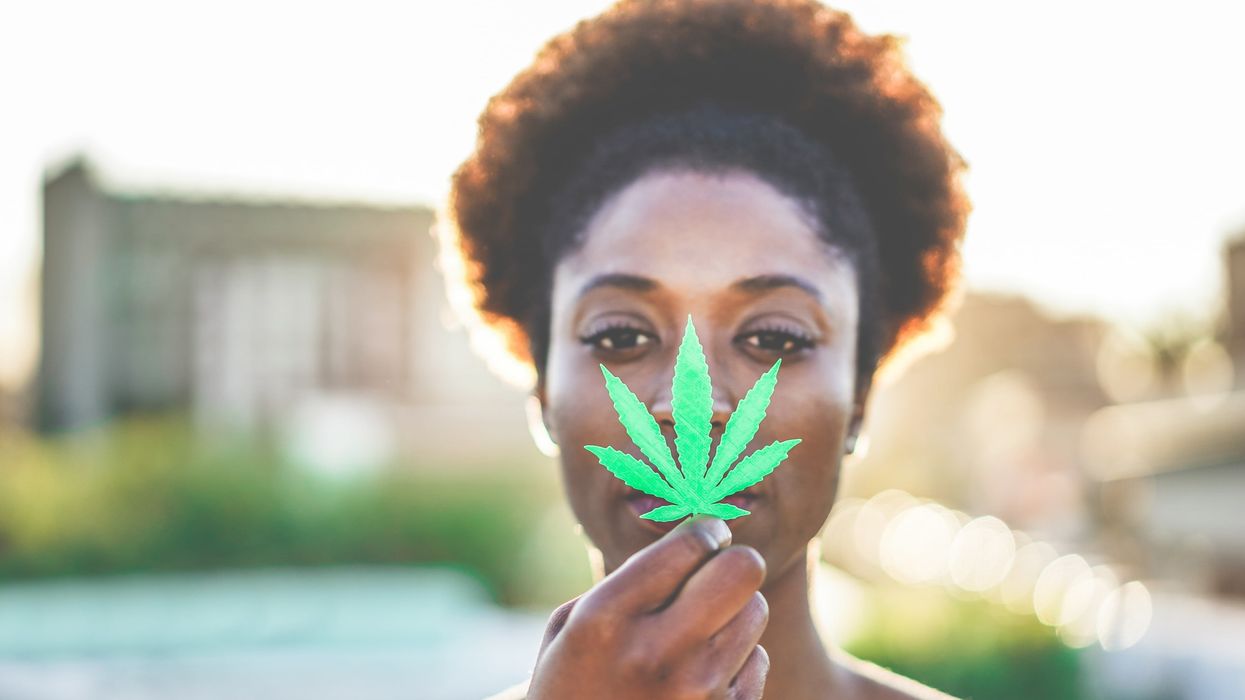

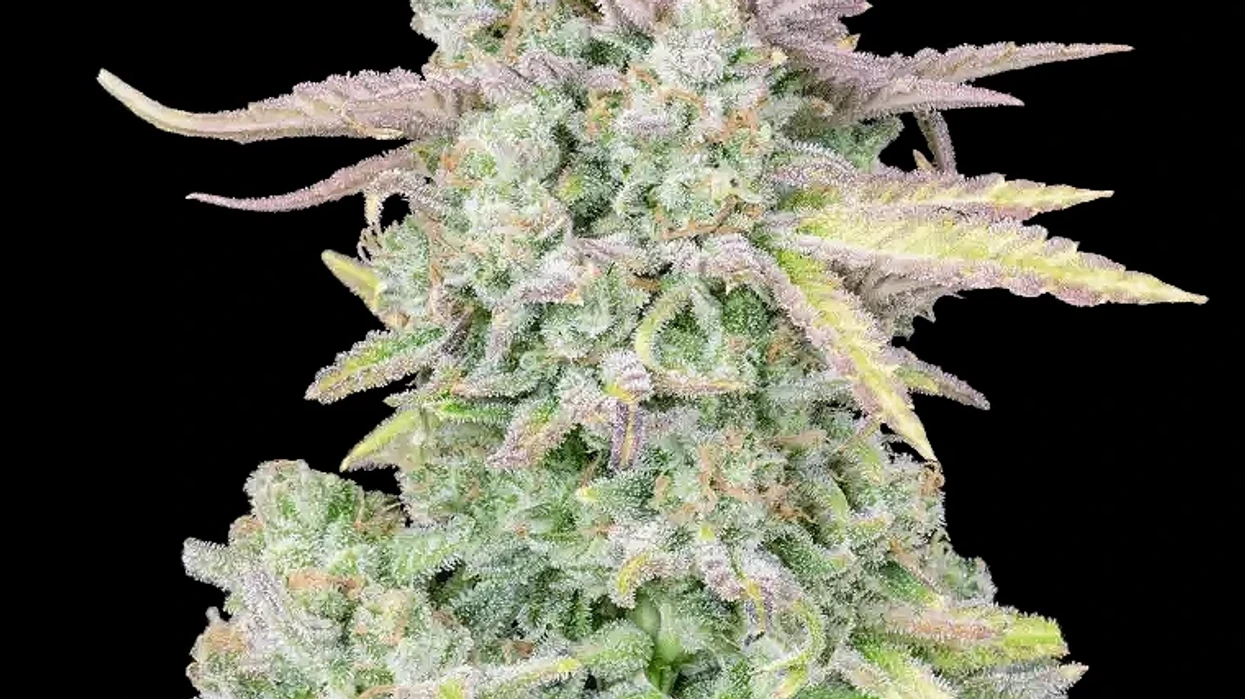
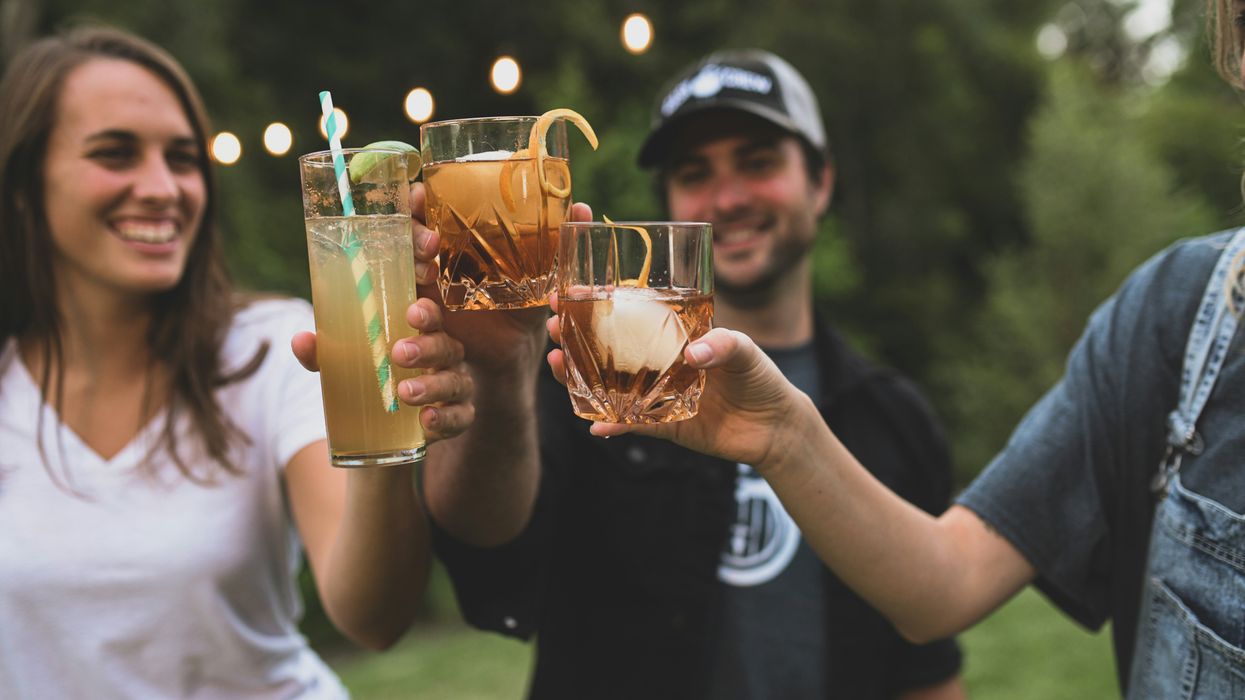
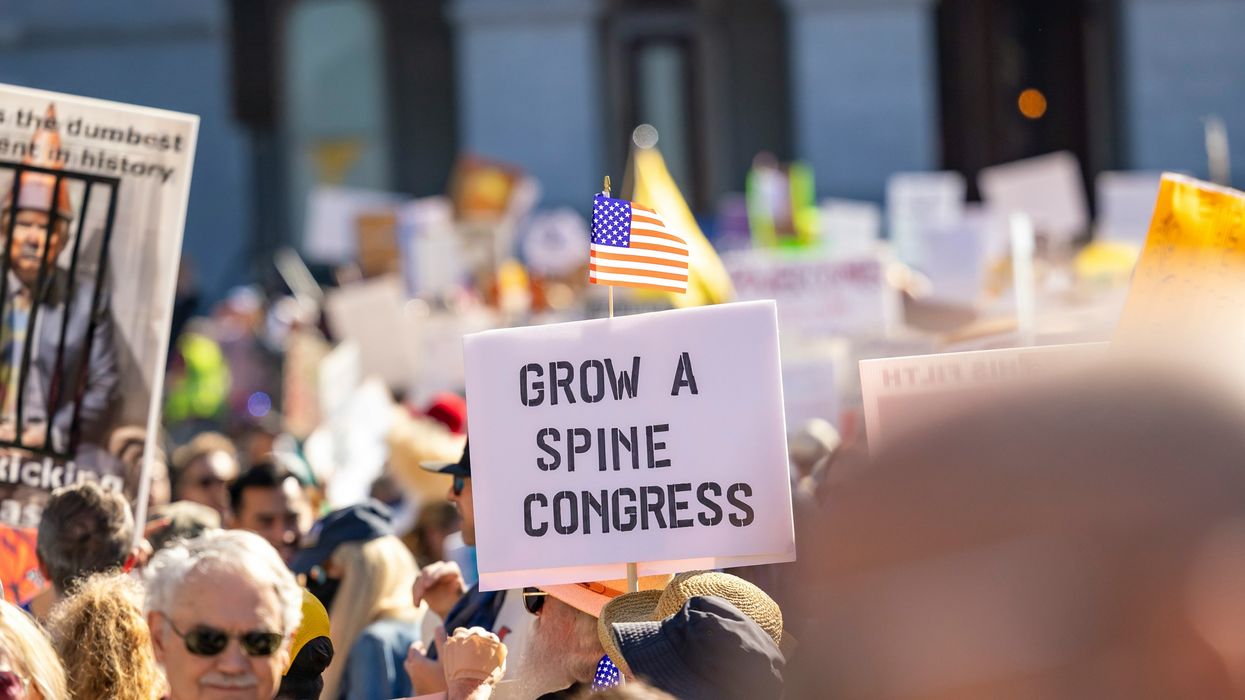



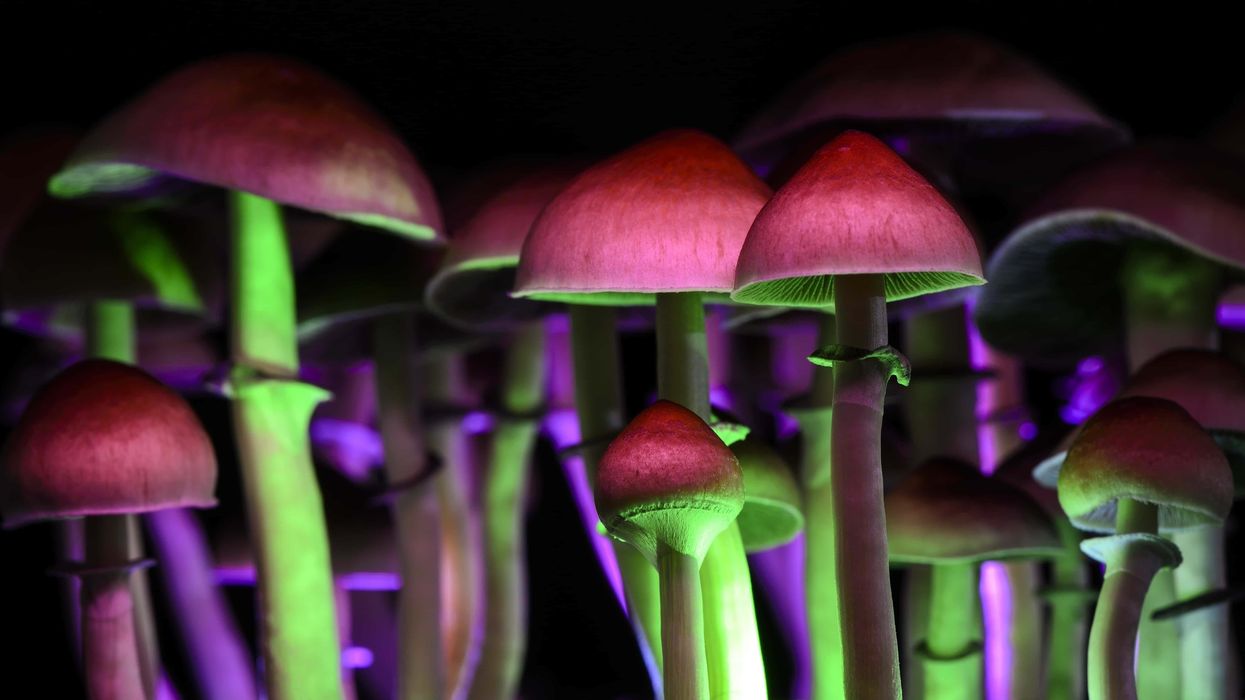
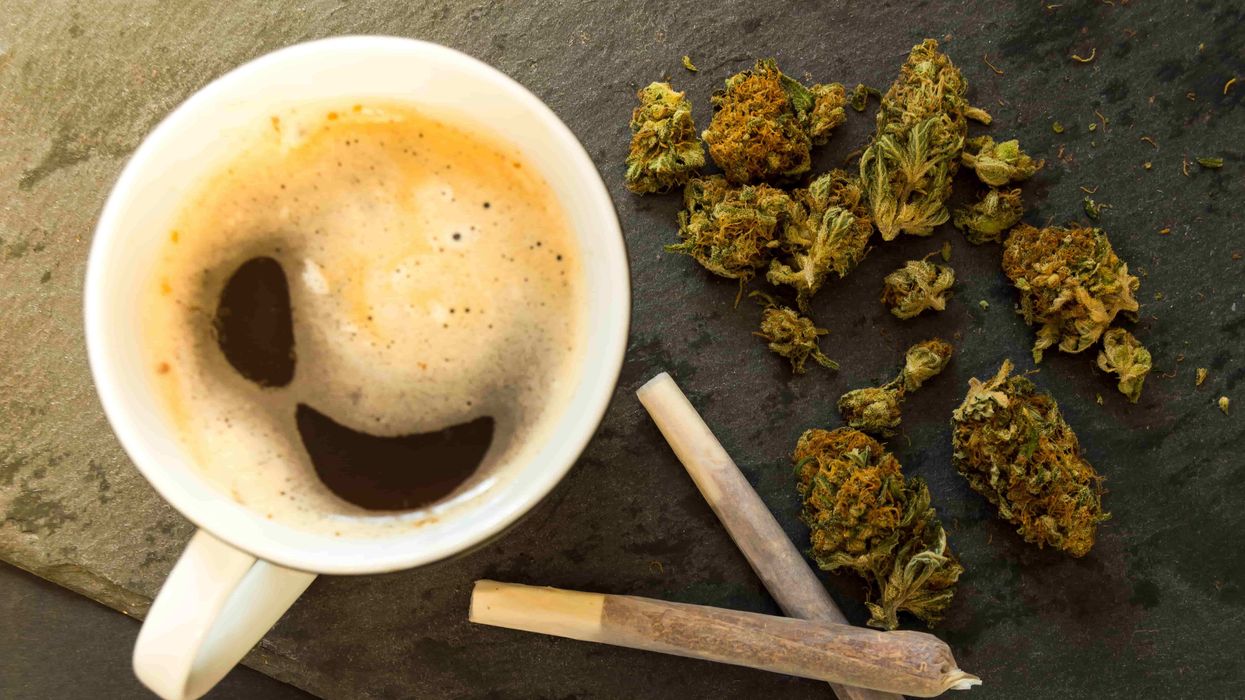
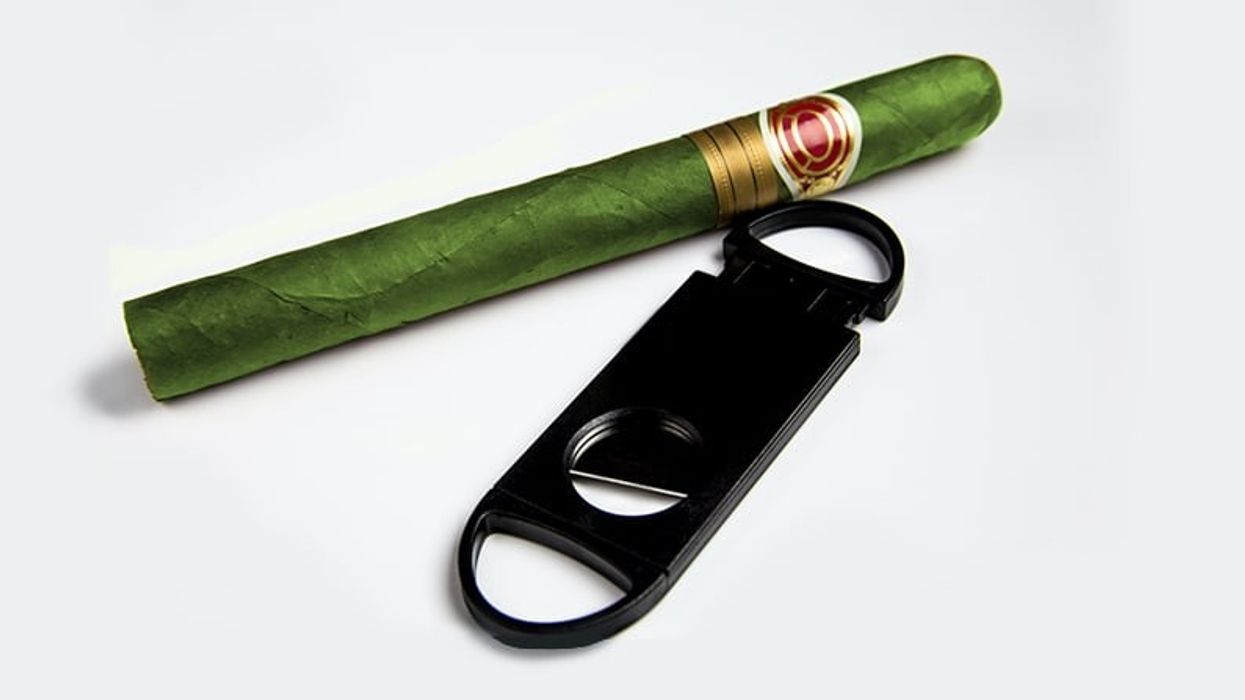
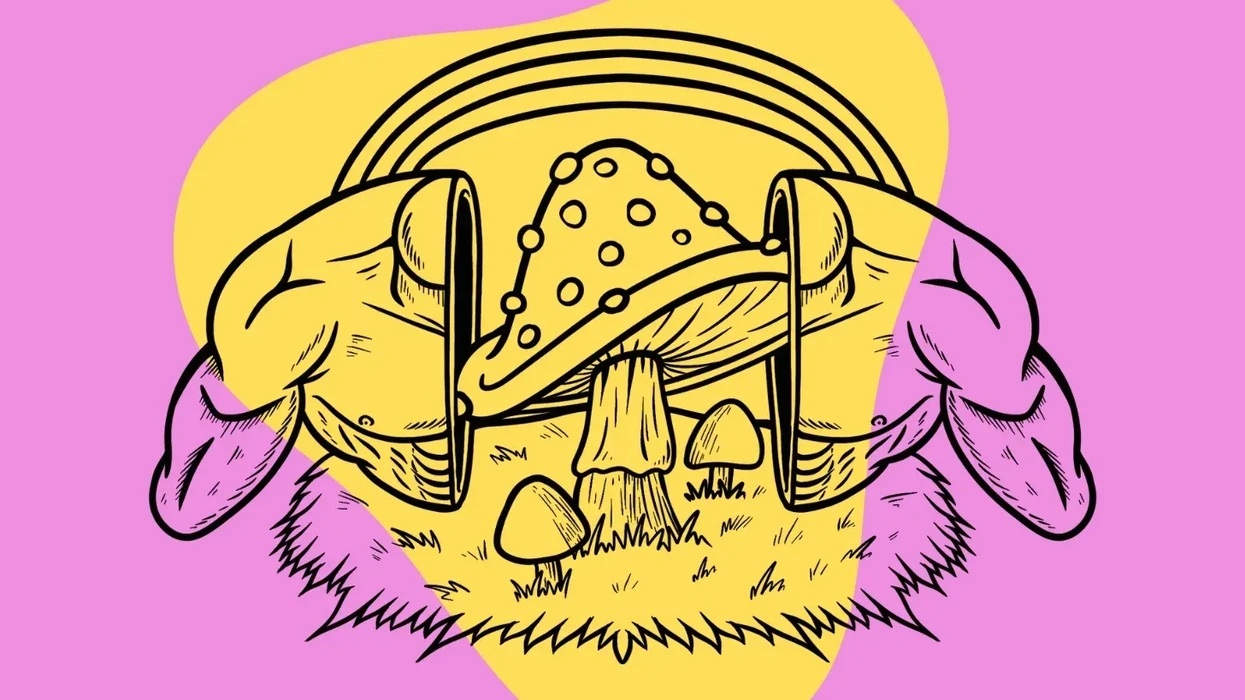
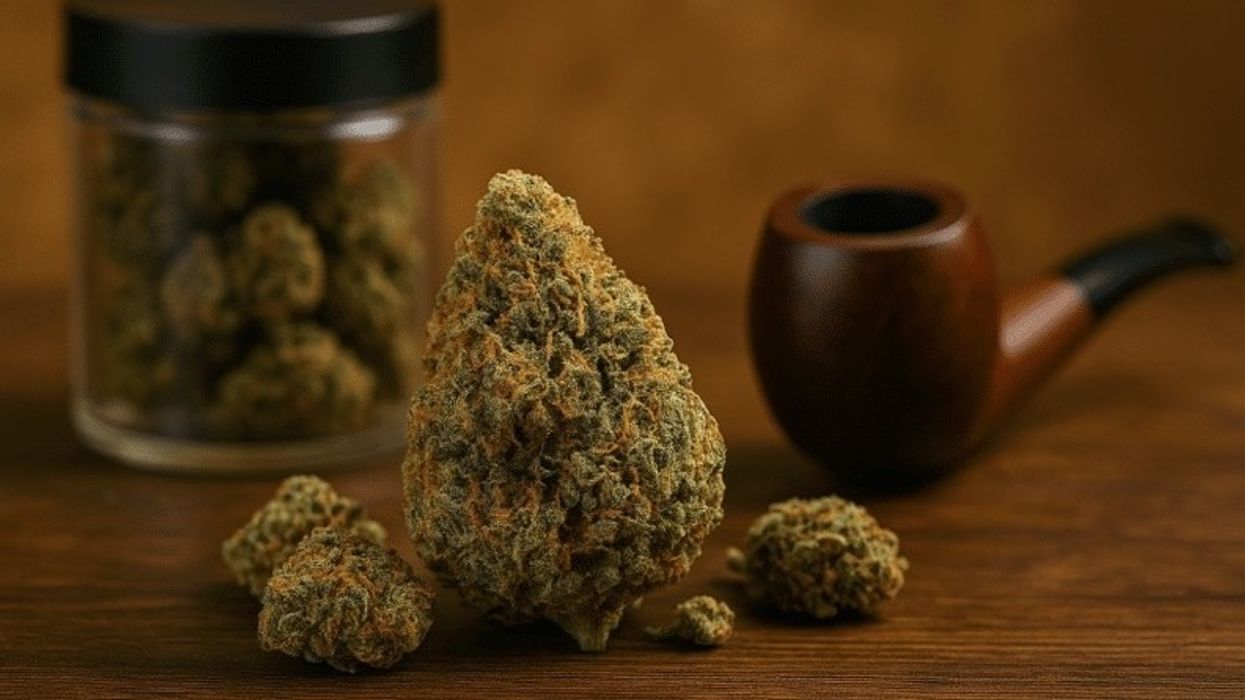
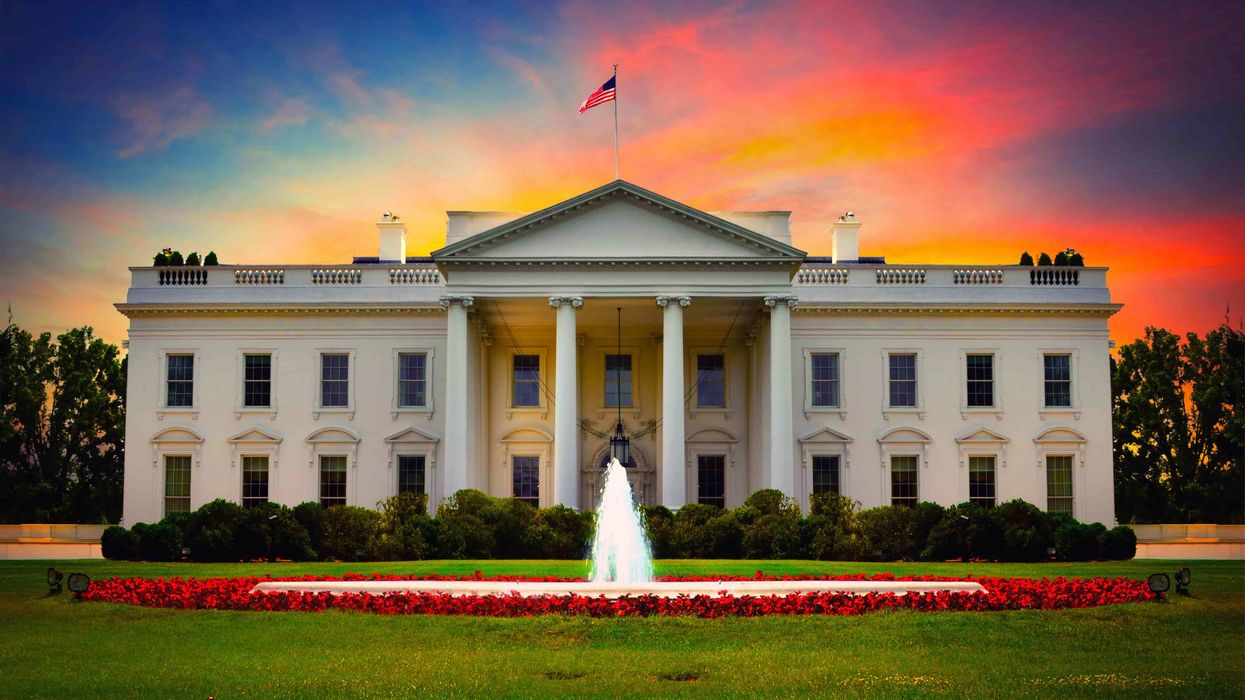
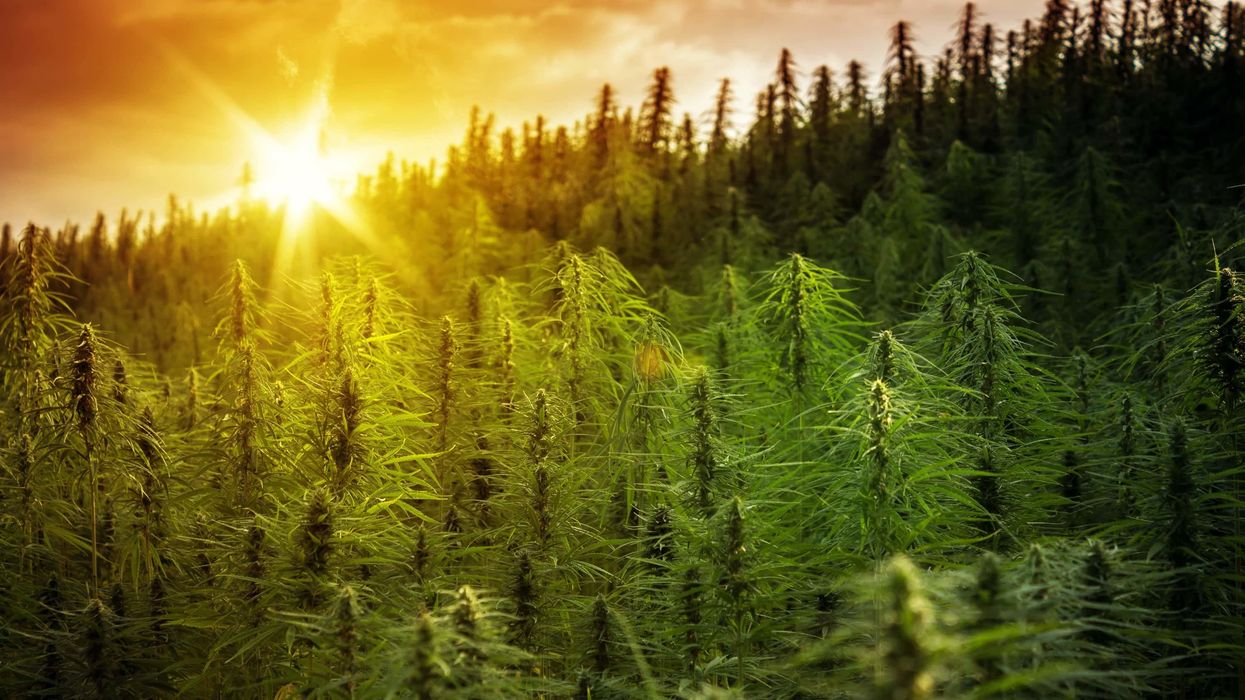
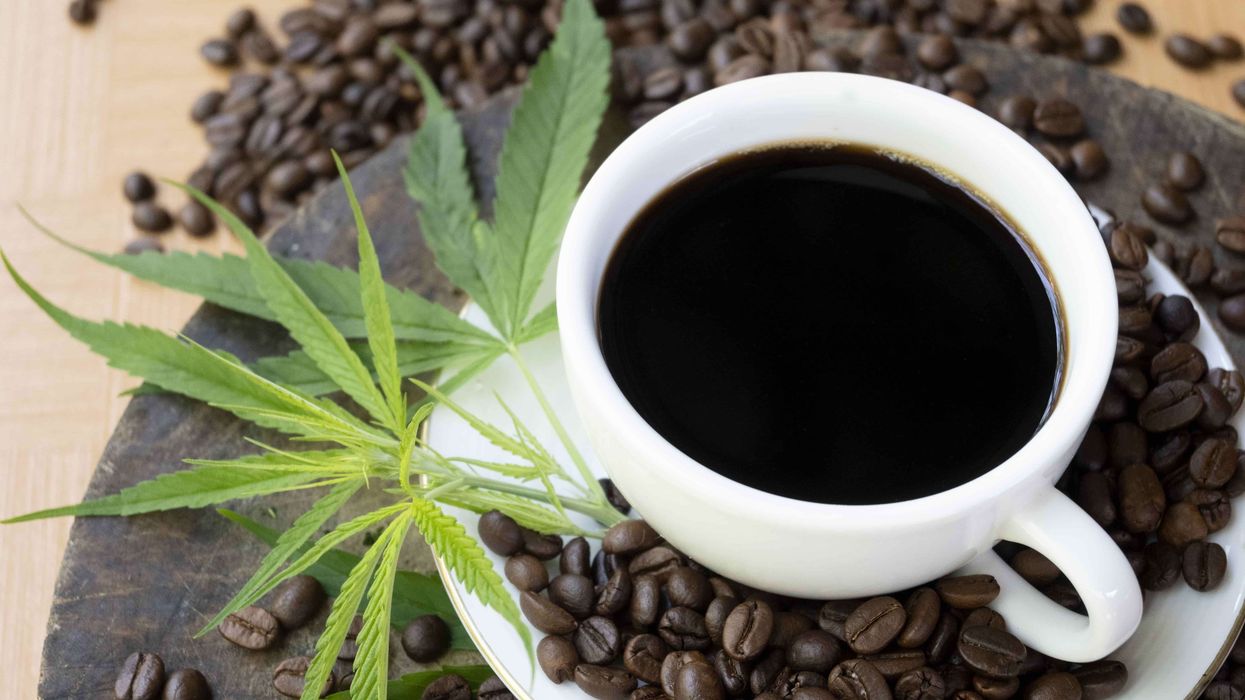
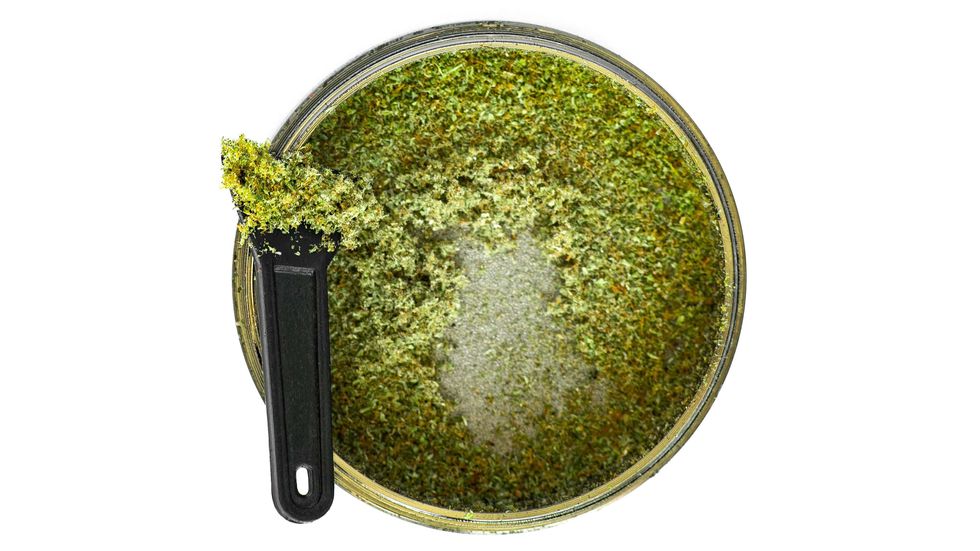 What will you do with that cannabis kief collection? - Make Coffee! The Bluntness
What will you do with that cannabis kief collection? - Make Coffee! The Bluntness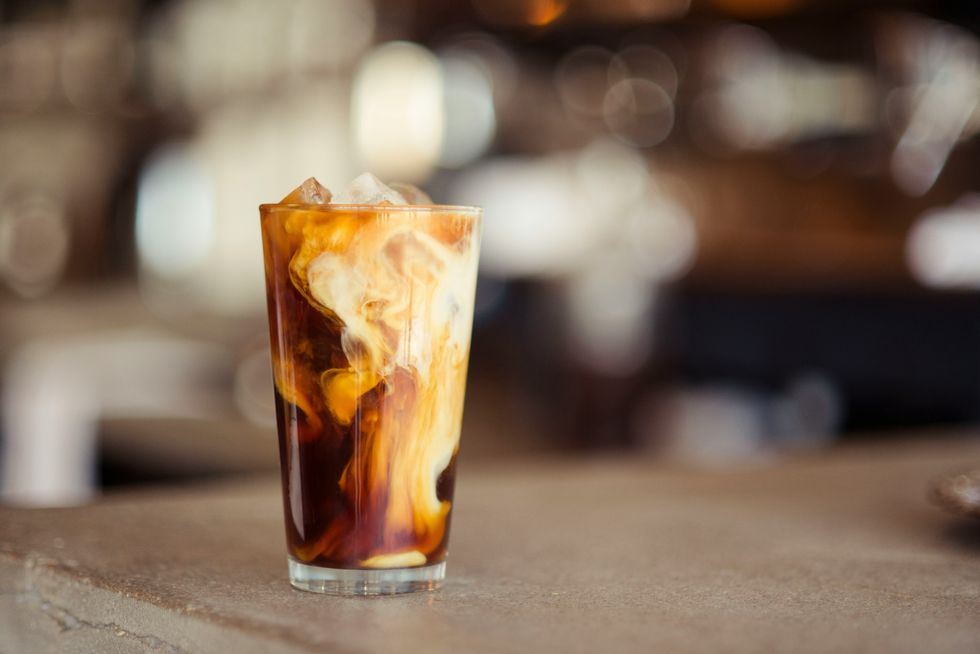 DIY: How to Make Kief Coffee - The Bluntness
Photo by
DIY: How to Make Kief Coffee - The Bluntness
Photo by 
 Can Drug Dogs Smell Edibles? - The Bluntness
Photo by
Can Drug Dogs Smell Edibles? - The Bluntness
Photo by 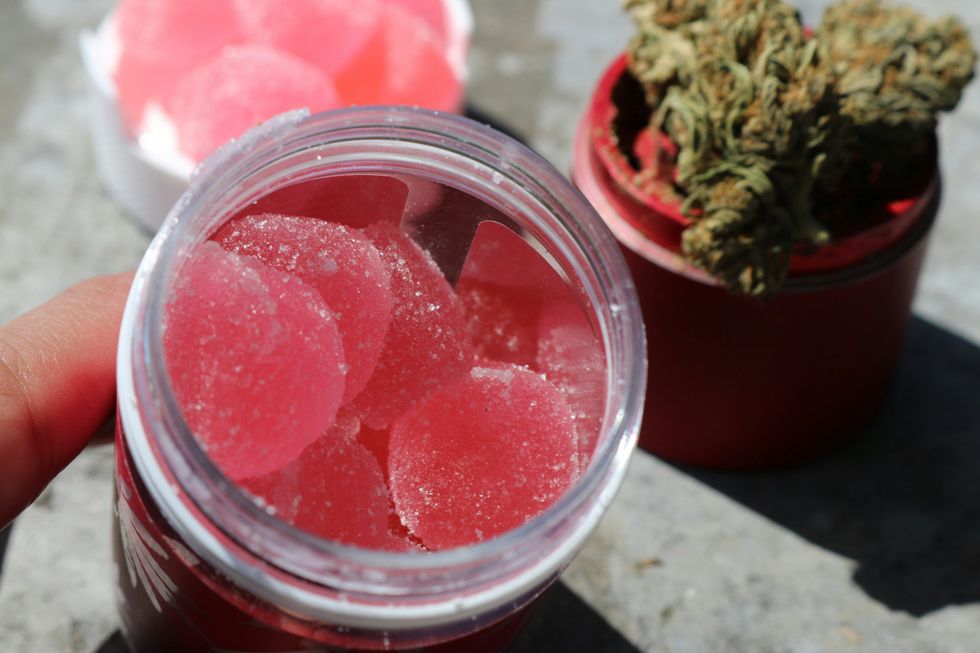 Can Drug Dogs Smell Edibles? - The Bluntness
Photo by
Can Drug Dogs Smell Edibles? - The Bluntness
Photo by